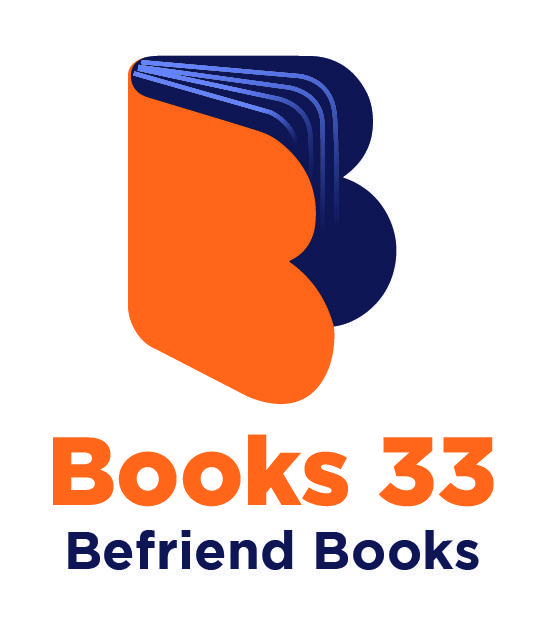With more complexity, to do more in less time, people prefer multitasking. Secondly, people who are visually impaired also require a faster way of learning. What is better than to have someone read a book for you? And that is what an audiobook does.
Audiobooks first emerged in 1932 with the establishment of a recording studio by The American Foundation for the Blind, which created recordings of books on vinyl records. Each side held about 15 minutes of speech.
Initial recordings included William Shakespeare plays, The Constitution, and the novel ‘As the Earth Turns’ by Gladys Hasty Carroll. More recording companies slowly emerged, mostly to assist the blind. In 1955, the Listening Library became a major distributor for recorded books.
New technology spurred audiobook growth with cassette tapes in the 1960s and compact discs in the 1980s. Waldenbooks installed ‘audio centers’ in their bookstores and the publishing houses Random House, Warner Publishing and Simon & Schuster opened audio publishing divisions.
By 1994, the term ‘audiobook’ had become an industry standard. And a year later, Audible made it possible to download books onto desktop computers.
The creation of the audiobook medium has dramatically shaped the way that the world can access valuable information. For instance, the invention of audiobooks has opened the door for more and more people to benefit from the written word – including those with visual impairment, and those who would otherwise not have the time or ability to read.
Whether the content is entertaining or educational, or anything in between, it’s not uncommon for many of us to capitalize on ‘downtime,’ such as a lengthy commute, or a few hours spent doing household chores, by putting on an audiobook.
Just like the history of music, the history of audiobooks closely follows the twists and turns of the recording industry.
One of the more remarkable turning points was the 1980s, with the longer audio format of cassette tapes and the inexpensive, portable Sony Walkman becoming prolific at the time.
With the easy accessibility and hassle-free format of recordings available, by 1984 the audiobook industry had 11 active audiobook publishing companies. However, it was Brilliance Audio who created waves in the industry after inventing a way to record twice as much on cassettes. This meant audiobook publishers could now produce affordable unabridged editions of their most popular books.
Just one year later, there were twice as many audiobook publishers in the market. New major book publishers, such as Harper and Row, Random House, and Warner Communications too joined in the distribution of audiobooks.
The number of available audiobooks has also increased. In 2016, 51,000 audiobooks were published, up from 7,200 in 2011. Making an audiobook has become a much faster and more widely practiced option for publishers.
While paperback books still have not lost popularity, e-books and audiobooks are gaining more popularity day by day because of the accessibility. The recent years the publishing industry has seen an overall decline in physical and e-book sales. However, audiobook sales are booming.
Still browsing about WHAT IS AN AUDIO BOOK??? STOP searching START writing!!!
Befriend Books33 TODAY to launch your FIRST AUDIO BOOK





